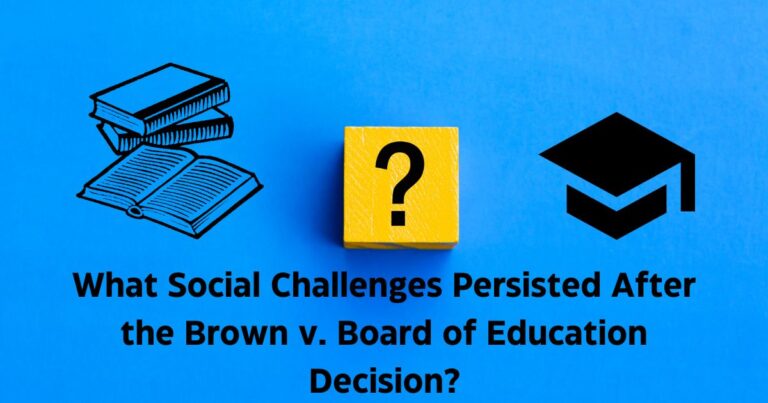Resistance to Desegregation
One of the most immediate challenges following the Brown decision was widespread resistance, particularly in Southern states. Despite the Supreme Court’s ruling, many local governments and school boards actively worked to delay or circumvent desegregation.
Strategies such as closing public schools, establishing private “segregation academies,” and implementing token integration highlighted the entrenched opposition to change.
The “Massive Resistance” Movement in states like Virginia showcased the lengths to which some communities would go to maintain segregation. These efforts prolonged inequality and further marginalized Black students.
Inequities in School Funding
Even when schools began to integrate, disparities in funding and resources persisted. Black-majority schools often remained underfunded, with fewer facilities, outdated textbooks, and less qualified teachers compared to predominantly white schools.
Economic disparity perpetuated educational inequities, limiting opportunities for many Black students and undermining the promise of the Brown ruling.
Social Backlash and Hostility
Integration efforts exposed Black students to hostile environments. Many faced verbal and physical abuse from peers and even teachers in newly desegregated schools. The emotional toll of navigating such environments was immense and often went unaddressed.
Iconic moments like the Little Rock Nine’s integration of Central High School in 1957 brought these challenges to national attention. The need for federal intervention, including the deployment of National Guard troops, underscored the resistance Black students encountered daily.
De Facto Segregation

De Facto Segregation
While Brown v. Board of Education struck down de jure (legal) segregation, de facto (practical) segregation persisted. Patterns of residential segregation, driven by discriminatory housing practices and economic inequality, led to segregated school districts.
Urban areas, in particular, witnessed significant demographic shifts, as “white flight” to suburban neighborhoods created predominantly white and Black schools despite the absence of explicit segregation laws.
Lingering Racial Prejudice
Beyond systemic barriers, societal attitudes toward race proved resistant to change. Prejudices deeply ingrained in American culture influenced how communities and institutions responded to desegregation.
Efforts to address these biases through education and legislation often met resistance, reflecting the complexities of dismantling centuries of racial discrimination.
Legal and Policy Challenges
Despite the clear mandate of the Brown decision, subsequent legal battles were necessary to enforce integration. The ruling lacked specific guidelines for implementation, leading to varying interpretations and delays.
The Civil Rights Act of 1964 and the Elementary and Secondary Education Act of 1965 were instrumental in reinforcing Brown, but their necessity highlighted the initial ruling’s limitations in achieving widespread compliance.
FAQs for What Social Challenges Persisted After the Brown v. Board of Education Decision?








